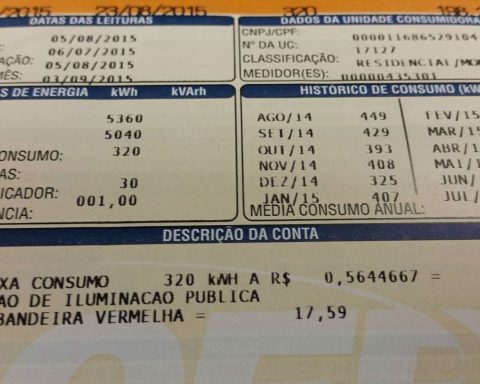President Luiz Inacio Lula da Silva visited today (23), the Itaguaí Naval Complex, in the metropolitan region of Rio of Januarywhere vessels for the Navy’s Submarine Program (Prosub) are built, which is considered strategic.
For the president, investments in the defense area are part of a strategy to strengthen the Brazilian economy and generate jobs and income.
Lula defended that one cannot think only of the negative point of view, on the contrary, one has to believe in the positive side, including the issue of lack of financial resources.
“If there is no money in the Budget to invest, we will arrange partnerships with the private sector so that PPPs can be built [Parcerias Público-Privadas] and make the investments that Brazil needs”, he said.
According to the chief advisor of the Navy’s Submarine Program, Rear Admiral Luiz Roberto Cavalcanti Valicente, the agreement that gave rise to Prosub was signed with France in 2008, during Lula’s second term.
“When I saw the need to develop a defense industry in Brazil, it was because in all countries the defense industry contributes to the economy as a whole, in addition to preparing our operations in a more sophisticated way, with a lot of scientific and technological knowledge. Armed Forces and the country itself”, said Lula, in an interview.
During the visit, the president got to know the Humaitá submarine, which is in the final phase of being tested at sea. It is expected to be delivered to Navy operations later this year.
Propulsion
The Humaitá is the second in a fleet of four conventional diesel-electric propulsion submarines. It and another nuclear propulsion make up Prosub, whose expected budget is R$ 40 billion, including the construction of vessels and the infrastructure of the Naval Complex of Itaguaí, where three construction and maintenance yards operate, in addition to the manufacturing unit. of metallic structures.
“Nuclep [Nuclebrás Equipamentos Pesados S.A.] makes the hulls of submarines and then they are stuffed at Ufem [Unidade de Fabricação de Estruturas Metálicas], assembled here at the construction site and launched into the sea. All this infrastructure and the naval base in the future [serão] a specialized maintenance complex to house what is the main objective, the great goal of our program: our conventionally armed submarine with nuclear propulsion”, he said.
He also said that the fact that to have this type of propulsion does not mean that the vessel is a nuclear weapon. “People stress [que] that name is the SCPN [Submarino Convencional à Propulsão Nuclear], the conventionally armed submarine to make it clear that it is a conventionally armed submarine, as we have now. Only its propulsion will be nuclear, which gives it enormous autonomy. It can stay underwater for much longer, stay at sea, that is, it greatly increases the capabilities of the submarine”, he assured.
more submarines
In September last year, the submarine Riachuelo was delivered, which became part of the Navy’s operations and today undergoes maintenance in Itaguaí, in Rio. “It has already been almost 140 days of seais patrolling our great and vast Blue Amazon”, he informed.
According to the chief adviser of the Navy’s Submarine Program, the Tonelero will be delivered in 2024, and the Angostura, in 2025. simulators and crew training.
Valicente highlighted that the SCPN is the main objective for which Prosub was conceived. It is currently going through the design detailing phase. The first parts of the hull will be cut in tests later this year at Itaguaí Construções Navais (ICN), a French company. Although he did not indicate a date for the delivery of the SCPN, he estimated it to be from the 2030s onwards.
















